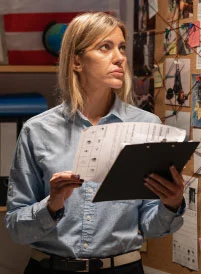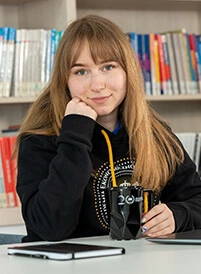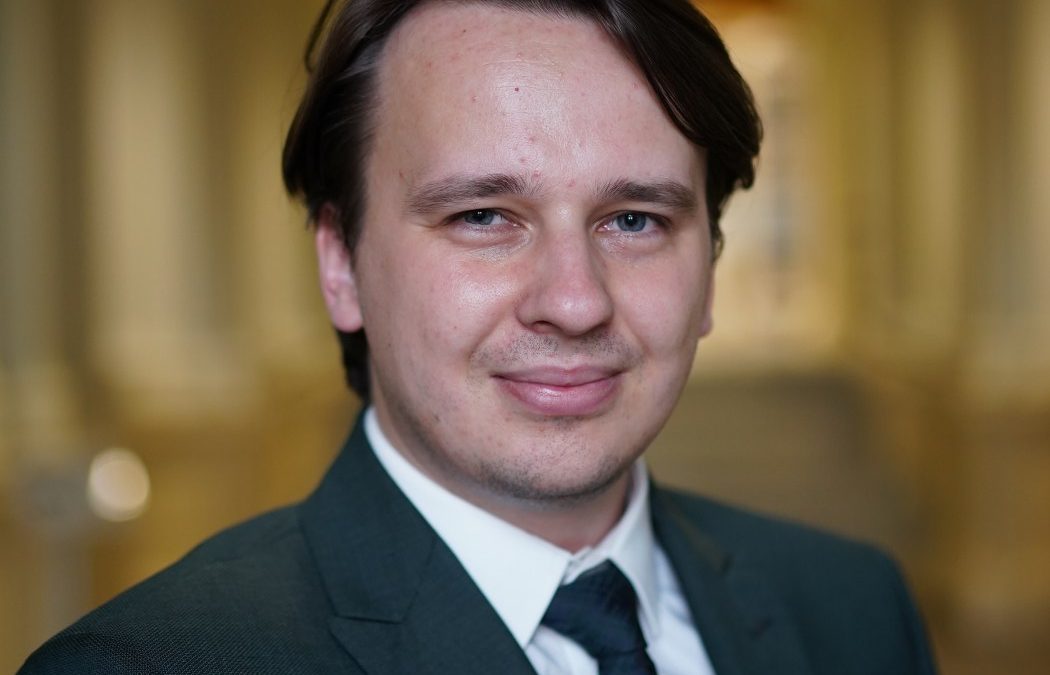“In 2021, the Border Guard recorded 39,697 attempts to illegally cross the border from Belarus. This is over three hundred times more compared to 2020. Moreover, for the first time in over forty years, in September 2021, President Andrzej Duda declared a state of emergency in parts of the Republic of Poland. The events on the Polish-Belarusian border thus constitute an unprecedented occurrence in modern Polish history. On the one hand, they are an element of the hybrid war declared on Poland by Russia and Belarus. On the other hand, the situation at the border also has an economic and humanitarian dimension. Many people from Asia and Africa have decided to move to Europe, fleeing the ongoing warfare in their countries.
In this project, I focus on the framing strategies of the discussed events, analyzing materials from the three largest Polish stations: TVP, TVN, and Polsat. Depending on their orientation, the media may focus on certain aspects while omitting others. This fact is significant in the context of how the audience of a given medium perceives reality.
Combining a political science and media studies perspective with the tools of corpus linguistics, I examine the framing of events at the border and (de)legitimization strategies in relation to the actions of selected social actors. As recent weeks have shown, the events on the Polish-Belarusian border continue to be fundamentally important for the security of European Union states. The project thus analyzes a current and crucial topic for contemporary society.
I am pleased that the National Science Centre has appreciated the theoretical and practical dimensions of the project. Its implementation will contribute to a deeper understanding of the Polish media discourse on important topics such as defense policy and migration. The grant received will allow me to thoroughly investigate diverse material (news program editions, online articles, photos). Additionally, the change in management and programming line of Telewizja Polska at the end of 2023 opens new paths for comparative analysis. A pilot study, including an analysis of the TVP “Wiadomości” transcripts from August 7 to December 31, 2021, was published in the international journal Problems of Post-Communism (https://www.tandfonline.com/doi/full/10.1080/10758216.2024.2337947).~ PhD Marcin Kosman
The significance of this is evidenced by the declaration of a state of emergency for the first time since 1981. Moreover, on one hand, these events had political significance, as they were provoked by Belarusian President Alexander Lukashenko in response to European Union sanctions, attempting to create chaos in EU countries. On the other hand, they also had a humanitarian dimension, as people were dying on the Polish-Belarusian border, and the Border Guard employed the so-called pushback method, forcibly turning back individuals crossing the border, which met with protests from organizations such as Amnesty International. The project pays particular attention to the process of framing, i.e., telling reality from a certain perspective, suggesting a specific interpretation to the audience. Despite the growing importance of social media and computer-mediated communication, traditional media still play a significant role in shaping public opinion.
The project involves discourse analysis dedicated to events at the Polish-Belarusian border in the three largest Polish television stations: TVP, TVN, and Polsat. Moving away from a logocentric approach in discourse analysis, the project will examine various communication channels: verbal, visual, and audiovisual. The research material will include articles from the main news portals of the mentioned three stations (TVP.info, tvn24.pl, polsatnews.pl), photos depicting immigrants, and selected audiovisual materials, which will allow for the formulation of synthetic conclusions. The primary research approach is discourse-historical analysis, which pays particular attention to the social context, not limiting itself to linguistic analyses. Therefore, the reference point will be the way the so-called refugee crisis of 2015 was presented in the Polish media. At that time, in conservative-oriented media, the framing of immigrants and refugees as culturally alien, posing a threat to Poland, dominated, while the European Union was depicted as having done little to stop them. In contrast, left-liberal media suggested a narrative of the need for solidarity with them, framing help for immigrants and refugees as a fundamental European value. However, the specificity of the events of 2021 seems more complex, considering the actions of the President of Belarus, directly trying to destabilize the situation in Europe. The project will thus allow not only the identification of the main frames in the discourse of the three largest Polish stations but also an examination of whether there have been any changes over the years. Moreover, most studies on Polish discourse on migration have so far focused on TVP, while TVN and Polsat also play a significant role in creating a certain image of the situation in the eyes of the public. The project adopts a quantitative-qualitative perspective, allowing qualitative observations to be verified by statistical calculations. The research results will thus provide a comprehensive picture of the discourse on events at the Polish-Belarusian border in the context of the three largest Polish television stations.”












































